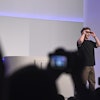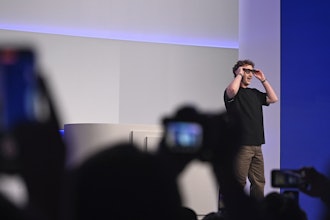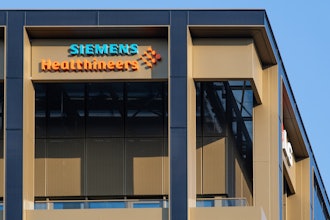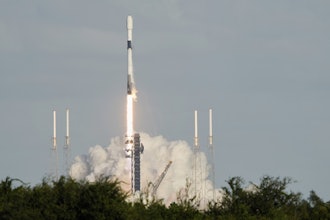The Dictionary describes the concept of light pollution as the brightening of the night sky caused by street lights and other man-made sources, which is thought to have a disruptive effect on natural cycles and inhibit the observation of stars and planets.
Media coverage of light pollution often looks to highlight the role of LED technology. In fact, nearly all discussion about light pollution and the impact of outdoor lighting always seems to focus on LED lighting, and its role in rapidly expanding this phenomenon.
Pervaiz Lodhie, President and Founder of Torrance, CA-based LEDtronics, has been a trailblazer in the development of the LED industry. As early as the 1970’s, Lodhie was experimenting with direct replacement of LEDs into incandescent bulbs and firmly believes that innovative LED lighting solutions are leading the way in illuminating our outdoor areas while keeping our skies dark at night.
Since 1983, LEDtronics has been the leader in designing and manufacturing environmentally friendly low power usage, long life LEDs. Although many industries are making great strides when it comes to new technology and trends, the LED industry is certainly among the leaders. Over the last decade, the LED industry has experienced tremendous growth and change, with new applications, increasing efficiencies and lower costs throughout. For multiple businesses and products, this creates great opportunity. LEDs are a wonderful technology, and the benefits they provide in cost savings and long life ultimately guarantee their proliferation in ornamental, building and parking lot illumination. That said, the strides in LED efficiency and lower costs are being attributed to a growing light pollution issue in our cities and neighborhoods.
According to Lodhie, light pollution is a very real phenomenon. “Light pollution extends to the use of excessive amounts of light, which can cause aging of the eyes to occur,” he explains. “Most people do not truly understand what light pollution is and its impact and effects. Due to the lack of understanding concerning light pollution, many individuals and industries use excessive amounts of light beyond what their needs and requirements are.”
In the following interview, Lodhie provides further insight into the benefits of LEDs and how a proper understanding of the technology can help circumvent common instances of light pollution.
Q: According to a recent article on Futurism.com, LEDs have been linked to an increase in light pollution, adding to an increase in outdoor surface lighting at a rate of 2.2% annually. The article suggests a “rebound effect” is occurring with people lighting more areas as a result of the lighting efficiencies and energy cost reductions gained through the use of LEDs (basically LEDs being a victim of their own success). Does LEDtronics see this as an issue for the industry going forward?
PL: It is true that the expanded use of LEDs for outdoor surface area lighting has been driven by the reductions in energy usage and energy cost savings. That said, some areas where new lighting has been placed were needed – such-as at ATM bank tellers or dark alleyways. However, there are many places where additional lighting is either not required or the amount of lighting used way exceeds the needed amount. Lighting Engineers are beginning to understand and recognize the problem of light pollution and are including this in their design applications.
Q: Do you think public awareness concerning light pollution will have any impact on the LED Industry?
PL: As public awareness has grown, decisions have been made with limited or misunderstood knowledge concerning the proper use of LED lighting. This has caused many of the light pollution issues we are seeing today. A common occurrence is using a 100w flood lighting where a 50-75w lighting would produce better visibility and reduce light pollution. Another common occurrence is with businesses wanting to assure their outside surface areas are well lit. Often the case is they are over-lighting, and not lighting the appropriate areas.
Q: Some suggest switching to low-intensity lights that are amber instead of violet or blue as a solution. What do you think of this approach in reducing light pollution?
PL: This is not really the key issue or solution. Truly, the issue is application specific and the key to reducing light pollution is the understanding of the proper use and application of the appropriate color shade, directionality, area needed to be lighted, etc. The lighting should be according to the object you are attempting to light up, not to the amount of light shown in your eyes. The key is controlling the amount of light where you need it and not providing additional lighting to areas where you do not need it.
Q: How do you see the LED industry working to reduce light pollution in the future?
PL: Awareness and education in regards to light pollution and proper application of lighting is the key to resolving this problem. Misunderstanding and misapplication of lighting technologies are the primary cause of the light pollution problem.
For more information on LED technology, visit www.LEDtronics.com.























